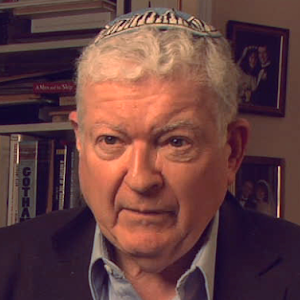In Yiddish, in most of the Hasidic dynasties, the word Fal refers to a section of a niggun (hence, 'tune'). Lubavitch Hasidim on the other hand, use the Aramaic word 'Bava' (gate), to describe a section. The name of one of the most famous Lubavitch niggunim, which is also the most significant due to its symbolic meaning, is Niggun Arba Bavot (niggun of four sections), and is structured with the form of A-B-C-D-C (sound example no.1).[1] This niggun is one of the ten niggunim that are ascribed to the founder of the Chabbad movement, R. Shneur Zalman of Lyady (1745-1813). From the name of this niggun and from written sources as well, it can be incurred that from the first generations of the Hasidic movement, musically skilled Hasidim were aware to the fact that a Hasidic niggun is divided into sections. Additionally, it can be seen that the term 'Bava' was also accepted in other communities to mean a section of a Niggun. R. Nahman of Bratslav, for example, in his book Likutey Moharan Tinyana (the second part of Likutey Moharan, which was actually written by his disciple R. Natan of Nemirov), writes[2]: 'and there is a Niggun which contains several Bavot and can be divided to Bavot and 'Inyanim' [subjects].'
This awareness of Hasidic Menagnim (the musicians, see: Menagen) to the niggun's division into sections, is expressed in an interview with the late composer of the Gur Hasidim in Israel, Arieh Leib Goldknopf,[3] the heir of Ya'akov Talmud, the mythological composer and choir conductor of the Gur Hasidic dynasty. In this interview, Goldknopf explains the symbolism of the classic structure of the Hasidic niggun, A-B-C-B, as follows: the four sections symbolize the four stages of the hassidic worship of the lord: preparation, beginning of arousal, peak of ecstasy, and return to the second stage. Goldknopf gives an example through an ancient Gur Hasidic niggun (see: Mazor-Hajdu 1974, P. 208, No. 117). Hasidim of different dynasties mention that this structure also symbolizes God's name - Yahweh, that, when written in its original Hebrew form, has four letters, and the letter 'He' appears twice: as the second and fourth letter.
The number of sections in the niggunim of the Hasidic repertoire is unlimited. Mono-sectional niggunim are common mainly among the dance niggunim of the Hungarian Hasidim, [4]while the common number of sections in a Niggun lies between two to seven. Niggunim with many sections (six to seven) are common among Devekut (cleaving) niggunim of various dynasties[5] and among niggunim that were composed by cantors.
These long niggunim are also found in the Modzhitz dynasty repertoire, and some of them are called 'opere' (opera in Yiddish). A famous extraordinary niggun is the 'Niggun Ezkerah Hagadol' (the great Ezkerah niggun), composed by the founder of the dynasty, R. Yisrael of Modzhitz, which has 32 sections. [6]
[1] Sh. Zalmanoff, Sefer Haniggunim, No. 1.
[2] P. 29 B, 2nd column.
[3] Interview from 19.1.70, NSA Y 3728; for a notation of this niggun see Mazor-Hajdu-Bayer 1974, p. 208, no. 117; Geshuri 1955, part 1, p. 51.
[4] See for example: Hajdu-Mazor, Otsar ha- Hasidut: 101 Dance Tunes, Nos. 23, 93, 102.
[5] See for example cleving nigunnim in Zalmanoff's book.
[6] Vinaver-Schleifer, Anthology of Hassidic Music, p. 150, and no. 47 [pp. 156-163].




